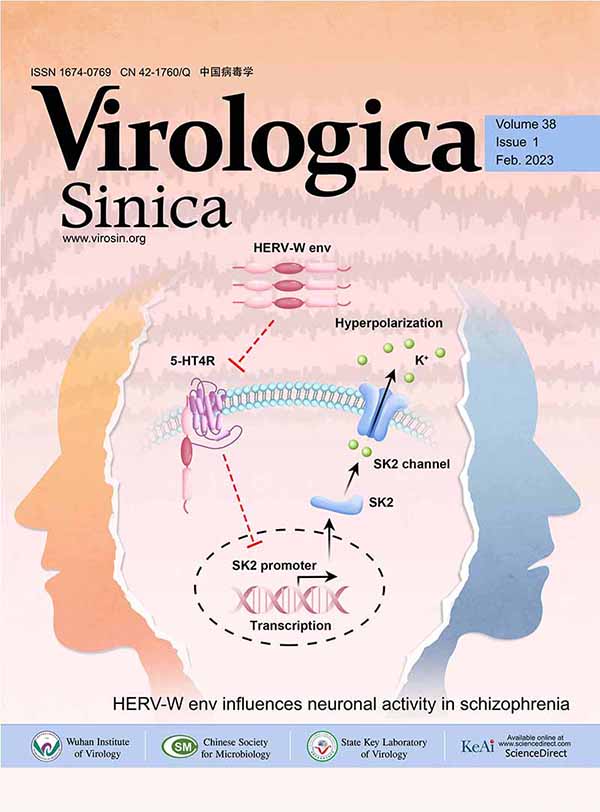Detection and Analysis of Partial Sequences of Swine Hepatitis E Virus in Xinjiang
Abstract: To investigate Hepatitis E virus,(HEV) infection in swine in Xinjiang and the extent of genetic variation among Chinese swine HEV strains, seventy pig fecal samples from an anti-HEV positive farm in Xinjiang were tested for the presence of HEV RNA by reverse transcription nested polymerase chain reaction (RT-nPCR). Thirteen of 70 (18.57%) pigs were positive for HEV RNA. The nucleotide sequence of 348bp region within open reading frame 2(ORF2) of the 13 swine HEV isolates was determined. The DNAstar software was used for nucleotide sequences analysis. Sequence comparison showed that 13 swine HEV isolates shared 97.1%~100% nucleotide sequence identities and 74.1%~77.6%, 71.6%~74.1%, 73.3%~78.2%, and82.8%~91.4% homogeneity to human HEV genotypes Ⅰ,Ⅱ,Ⅲ and Ⅳ, especially had a 89.4%~91.4% identity to Chinese human HEV subgenotype ⅣA. Phylogenetic analyses further revealed that these swine HEV isolates were closely related to HEV ⅣA isolated from patients with acute hepatitis. Meanwhile these swine HEV isolates had 82.6%~91.3% homogeneity to other Chinese swine HEV and were grouped into genotype Ⅳ. Our findings further support the hypothesis that swine reservoirs for HEV infection.














 DownLoad:
DownLoad: